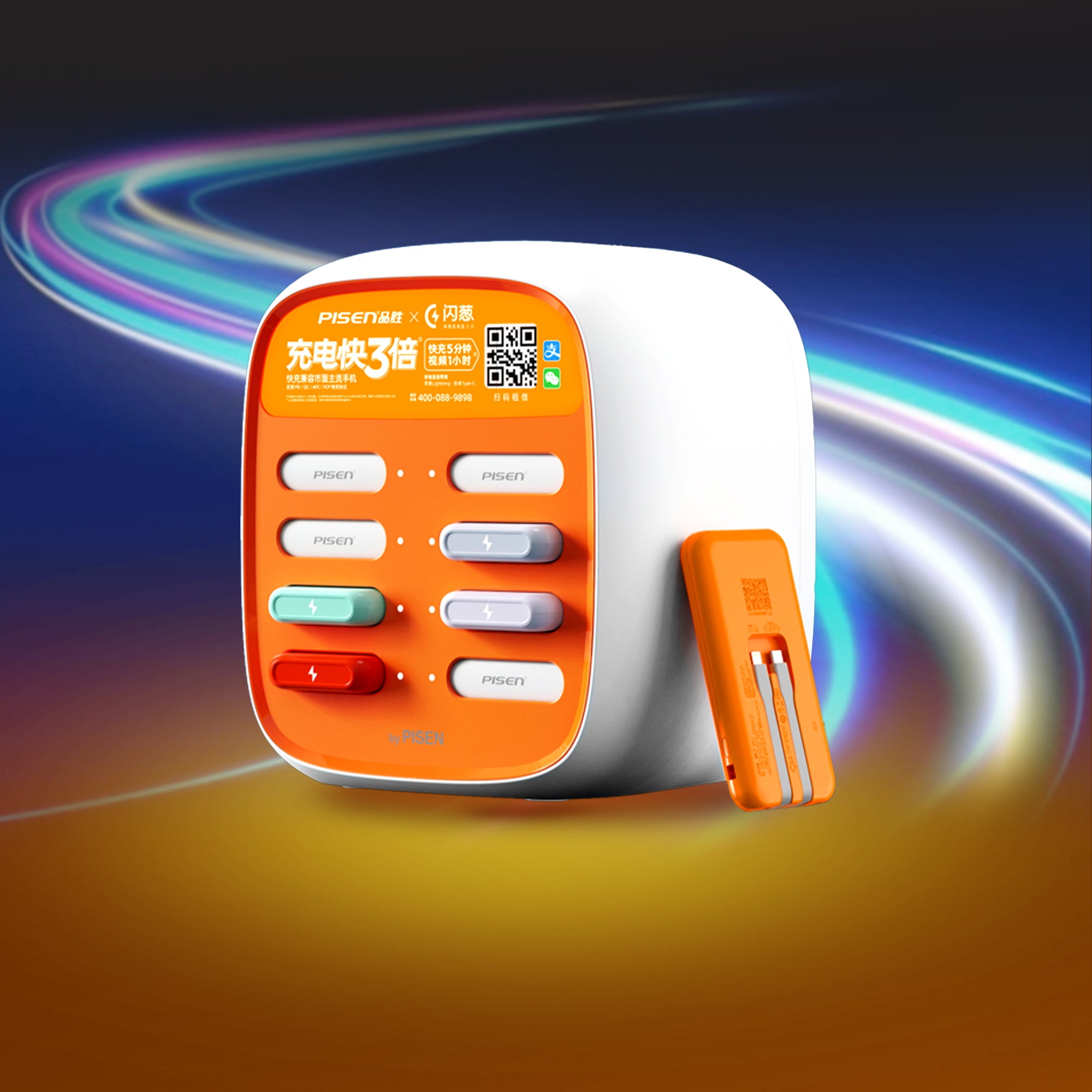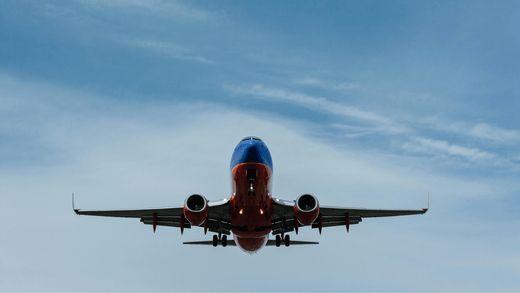Traveling with electronics has become an integral part of our lives, whether for work, entertainment, or communication. One essential travel companion is the portable charger, often referred to as a power bank. However, many travelers are unsure about the rules surrounding the transport of portable chargers, particularly in light of airline regulations and safety concerns. The question "Can you bring a portable charger on a plane?" arises frequently. To provide clarity, we will explore the rules, considerations, and best practices when traveling with portable chargers.

International Regulations and Thailand-Specific Airline Policies for Portable Chargers
While IATA guidelines offer a global standard for carrying portable chargers, it's essential to understand that specific airline policies, especially in Thailand, may have additional nuances. Here’s a breakdown of both IATA regulations and Thailand-specific airline policies for carrying power banks on international flights.
IATA Guidelines for Power Banks:
The International Air Transport Association (IATA) sets forth clear rules for the safe transport of lithium-ion batteries, which include power banks. According to IATA:
- Power banks with a capacity up to 100 Wh are permitted in carry-on baggage and are strictly prohibited in checked luggage.
- Power banks between 101 and 160 Wh are allowed in carry-on luggage, with airline approval. Only two power banks within this range are typically allowed.
- Batteries exceeding 160 Wh are not allowed on the aircraft as either carry-on or checked luggage. These must be shipped as cargo in compliance with IATA's Dangerous Goods Regulations.
These rules are largely followed by airlines worldwide, ensuring a consistent safety standard for lithium-ion batteries.

Thailand-Specific Airline Policies:
In Thailand, airlines generally follow IATA's international guidelines, but there are specific points to consider when flying within or out of the country. Here are key details about Thailand's airline policies regarding portable chargers:
- Thai Airways: Thai Airways aligns with IATA rules, allowing power banks up to 100 Wh in carry-on luggage, but not in checked baggage. For power banks in the 101-160 Wh range, prior approval from the airline is required, and a maximum of two power banks within this category can be carried.
- AirAsia: AirAsia, a major low-cost carrier in Southeast Asia, follows the same IATA guidelines. Power banks up to 100 Wh are permitted in carry-on luggage. For power banks above 100 Wh, passengers can carry up to two with airline approval. Always check the airline's website for any updates or specific requirements for larger or damaged batteries.
- Bangkok Airways: Bangkok Airways adheres to IATA's rules, permitting power banks up to 100 Wh in carry-on baggage. Batteries between 101-160 Wh are allowed with airline approval, with a limit of two power banks.
- Thai Lion Air: Thai Lion Air, like other regional budget carriers, follows the standard IATA regulations. Power banks up to 100 Wh are allowed in carry-on luggage, but those exceeding 100 Wh may not be permitted without prior airline approval.
- General Advice for Thai Airlines:
- Always carry your power bank in your carry-on luggage and never in checked bags.
- If you’re carrying a power bank over 100 Wh but under 160 Wh, make sure to seek prior approval from the airline.
- Always ensure your power bank is turned off and properly secured during the flight, particularly during takeoff, landing, and turbulence.
- Since rules can sometimes change, it’s wise to contact the airline ahead of your flight to confirm their policies regarding portable chargers.

The Importance of Watt-Hours (Wh) and Milliamp-Hours (mAh)
When flying with a portable charger, understanding how to determine whether your charger complies with airline regulations is essential. While many power banks list their capacity in milliamp-hours (mAh), airlines and regulators typically refer to watt-hours (Wh) when setting limits.
Converting mAh to Wh
To check if your portable charger meets the watt-hour limit, you can convert mAh to Wh using the following formula:
Watt-hours (Wh) = ( mAh × Voltage (V) / 1000 )
For example:
- A 10,000 mAh power bank with a typical voltage of 3.7V will have:
Watt-hours (Wh) = ( 10000 mAh × 3.7 V / 1000 ) = 37 Wh
* This power bank is well within the 100 Wh limit.
- A 20,000 mAh power bank would have an approximate 74 Wh, which also complies with the FAA's regulations.
- A 50,000 mAh power bank, however, would have an approximate 185 Wh, far exceeding the allowable limit for carry-on baggage. This would need to be shipped as cargo.
Converting Wh to mAh
If you need to convert Wh to mAh, use the reverse formula:
mAh = ( Wh × 1000 / Voltage (V) )
For example, if you have a 99.9 Wh power bank with a voltage of 3.7V, the capacity in mAh would be:
mAh = ( 99.9 Wh × 1000 / 3.7 V ) = 27000 mAh
This makes it easy to verify if your power bank complies with airline regulations.

Best Portable Chargers for Air Travel
When selecting a portable charger for air travel, it is vital to choose one that complies with airline regulations. Below are some of the best options for travelers:
- Comes with built-in cable for easy travel
- Compact design fits easily into carry-on luggage

- Qi2 protocol, wired 30W, wireless 15W
- Magnetic charging, comes with a phone holder

3.PISEN Power Depot 22.5W 10000mAh Power Bank
- Comes with built-in cable for easy travel
- Compact design fits easily into carry-on luggage

Additional Travel Tips for Power Banks
- Store Properly: Always carry your portable charger in your carry-on luggage, and store it securely to prevent accidental activation during the flight.
- Avoid Damaged Batteries: Damaged or defective batteries should never be brought onto an airplane. Airlines strictly prohibit such devices due to the fire risk.
- Check Airline Policies: Always review the specific policies of the airline you are flying with, as they may vary slightly from the general guidelines.
Conclusion: Traveling Safely with Portable Chargers
Bringing a portable charger on a plane is generally allowed, but travelers must ensure their charger complies with both FAA and TSA regulations. For international flights, always verify the guidelines of your airline and the IATA regulations to ensure smooth travel. By understanding the watt-hour limits and carrying your power bank in carry-on luggage, you can avoid delays or complications at the airport while ensuring your devices remain powered throughout your journey.
For further convenience, always check the specific regulations for your airline and plan ahead to ensure your portable charger meets the requirements for a safe and hassle-free flight.













Leave a comment
All comments are moderated before being published.
This site is protected by hCaptcha and the hCaptcha Privacy Policy and Terms of Service apply.